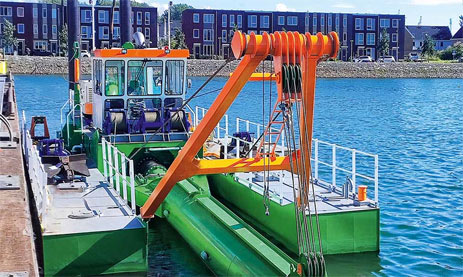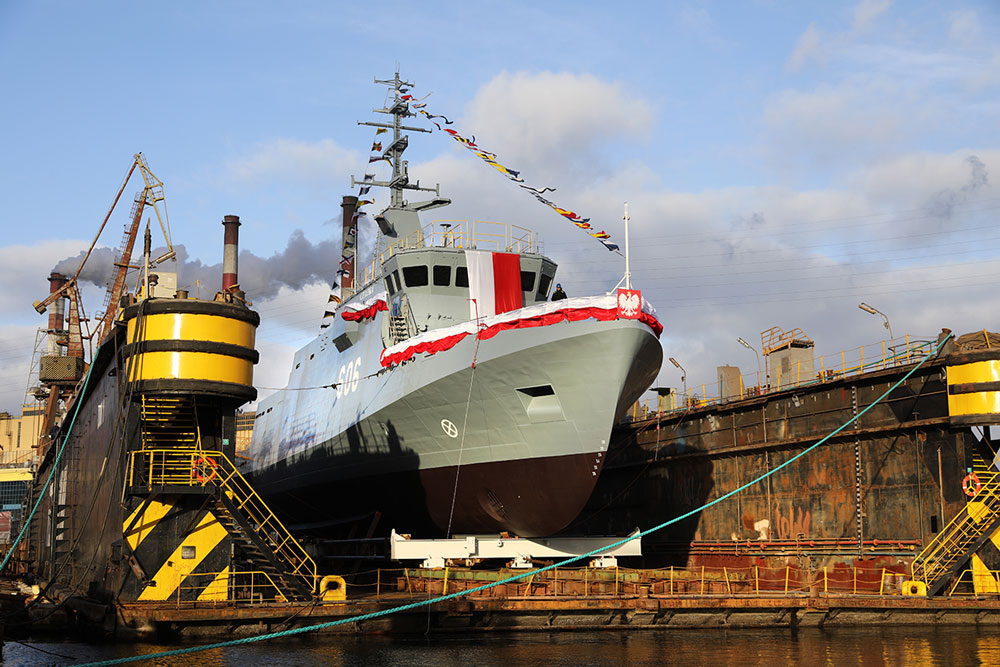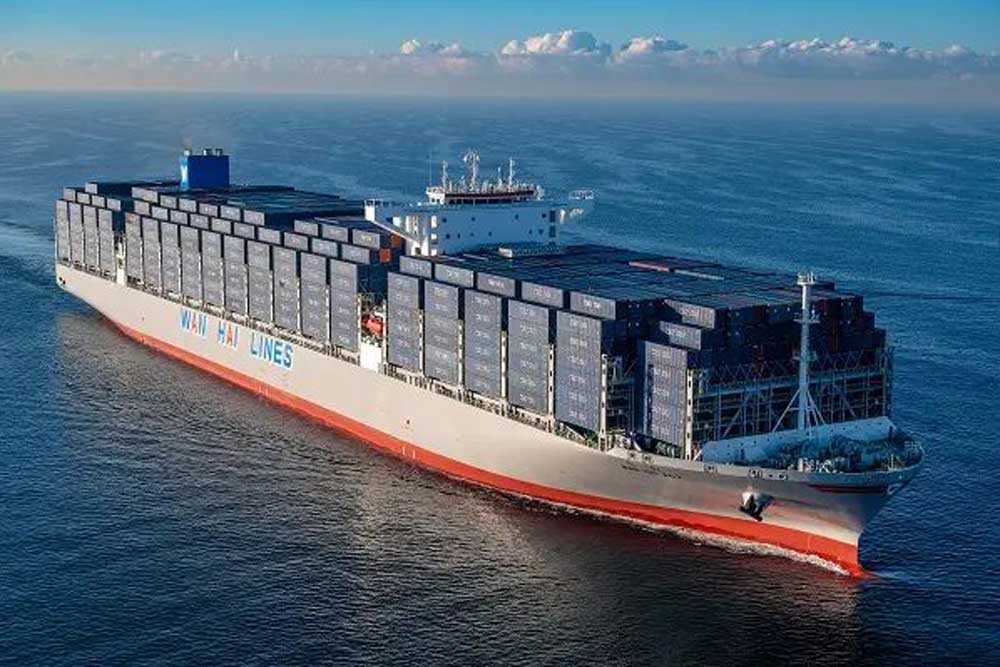In the first half of the year, the market share of Chinese shipyards decreased significantly. At the same time, the world’s largest shipbuilding company is forming there.
The port fees imposed by the United States Trade Representative (USTR), which will come into force in October 2025, have severely impacted Chinese shipbuilding. Owners and operators, as well as ships built in China, will have to pay high fees when calling at US ports. Each unloaded container will be charged $120, rising to $250 over the next three years. Alternatively, $18 (in future $33) per ship tonne may also be charged. This can quickly add up to a seven-figure amount: A ship unloading 8,000 containers in a US port would have to pay nearly $1 million, according to the latest figures. Only smaller ships may be exempt based on specific criteria, and short-haul exceptions are possible.
This is a major blow for Chinese shipbuilding, whose shipyards have dominated the industry for years. “In the first half of 2025, China’s share of newbuilding orders fell from 72% in the previous six months to 52%,” said Filipe Gouveia, Shipping Analysis Manager at the shipping organization Bimco, in a recent assessment. “Increasing concerns over USTR port charges for Chinese vessels in US ports are likely to have contributed to a decline in orders in China. This trend has been exacerbated by a decline in global ship orders and a shift in the types of vessels ordered.”
Global newbuilding orders by compensated gross tonnage (CGT) fell by 54% in the first half of 2025 compared to the previous year. Orders for bulkers, tankers and gas tankers slowed significantly due to weaker freight rates. Only container ships and cruise ships saw increased orders.
China still dominates global shipbuilding
China plays a leading role in global shipbuilding – excluding cruise shipping. Over two thirds of all ships were recently built there, and the country’s capacities are considered irreplaceable.
According to Bimco, gas tankers were the only sector in which China ranked second after South Korea in 2024. However, South Korea continues to gain ground: China also lost its top position in crude oil tanker construction this year.
“Even if shipowners try to avoid ordering ships in China due to USTR fees, the capacity available outside the country is limited,” Gouveia continues. “If global ship awards had not dropped significantly at the start of the year, China’s share of orders would probably have been higher.” Bottlenecks in shipbuilding have already led to long lead times, particularly for larger vessels as well as container ships, gas tankers and cruise ships. 31% of this year’s orders are expected to be delivered in 2027, 38% in 2028 and 23% thereafter.
South Korea and Japan are the second and third largest shipbuilding nations, but face challenges in expanding their production capacities. Both countries suffer from labor shortage due to declining populations. This has led to higher labor costs and reduced competitiveness.
“China’s dominant position in shipbuilding is unlikely to change any time soon, but the country could face increasing competition in the medium term,” the analyst estimates. “Countries such as the Philippines and Vietnam, which already produce small bulk carriers and tankers, could increase their production and benefit from low labor costs. Although the US and India currently have limited shipbuilding capacity, both governments are actively working to strengthen their domestic industries. But even if they succeed, it will take some time before they can increase production.”
CSSC and CSIC merge to form the world’s largest shipbuilding group
Despite declining orders, China remains the global shipbuilding leader. This is reinforced by the merger of state-owned groups CSSC, CSIC, and CSIC Heavy Industry, recently approved by the Shanghai Stock Exchange.
Under the deal, China State Shipbuilding Corporation (CSSC) will carry out a share swap and issue new A-shares worth 115.2 billion yuan (approx. €13.9 billion) to CSIC shareholders, an amount equal to more than half the combined assets. CSIC will be delisted after the transaction, and all assets, liabilities, contracts, and employees will transfer to CSSC.
Shipping analyst Alphaliner estimates the merged group will hold assets worth 400 billion yuan (€48.2 billion) and generate nearly 130 billion yuan (€15.7 billion) in annual revenue. The consolidation follows earlier developments: both CSSC and CSIC have been controlled by the China State Shipbuilding Group since 2019.














